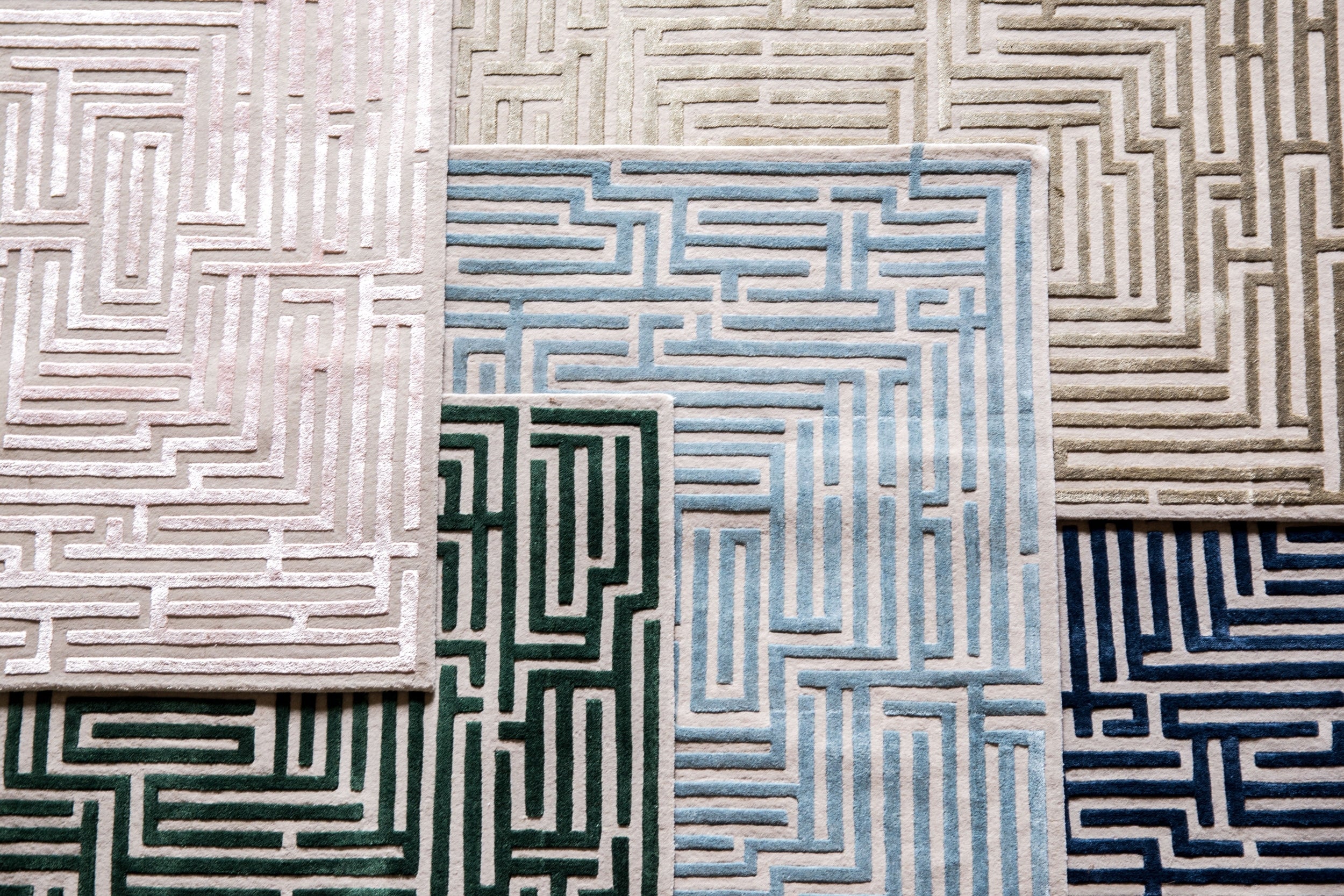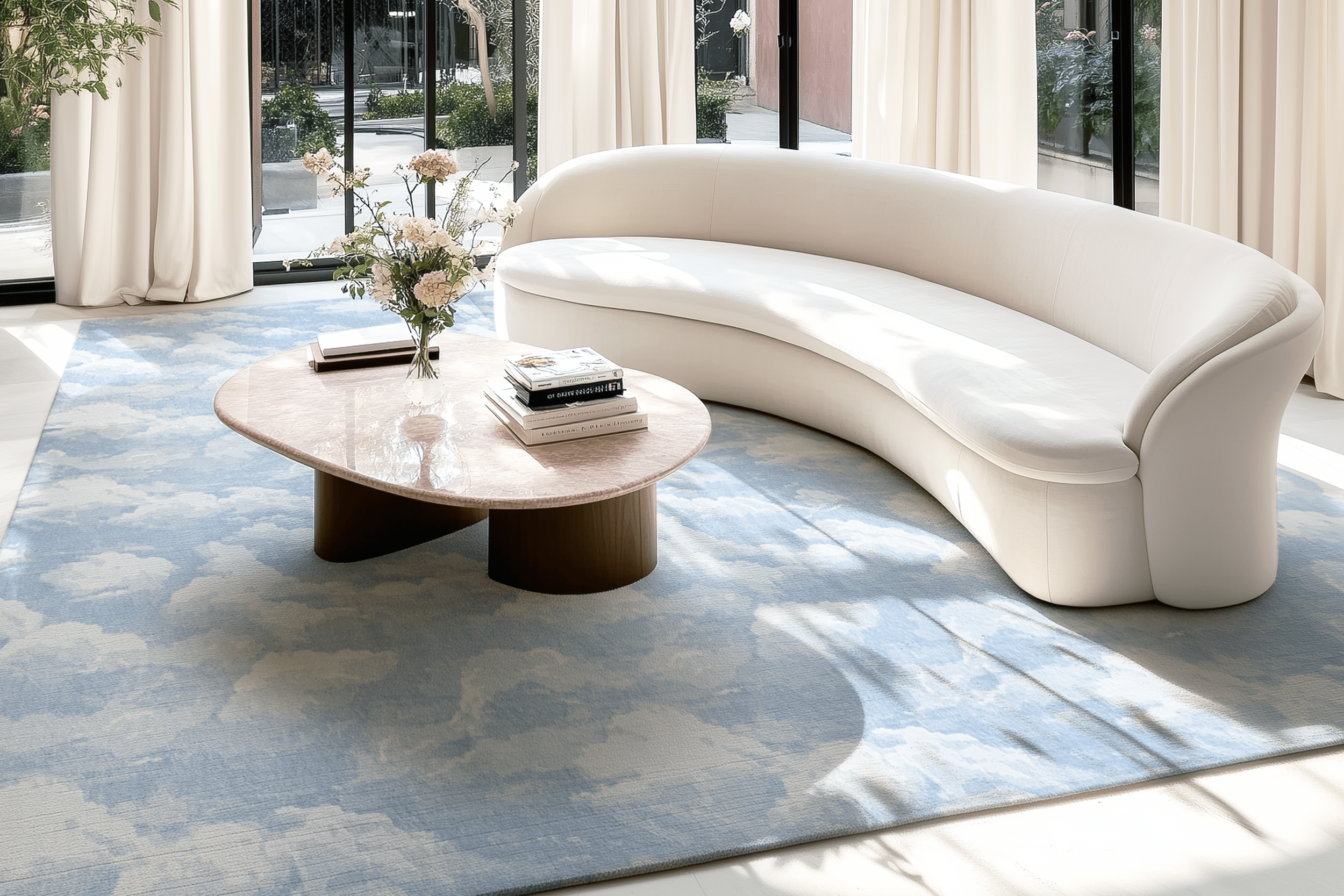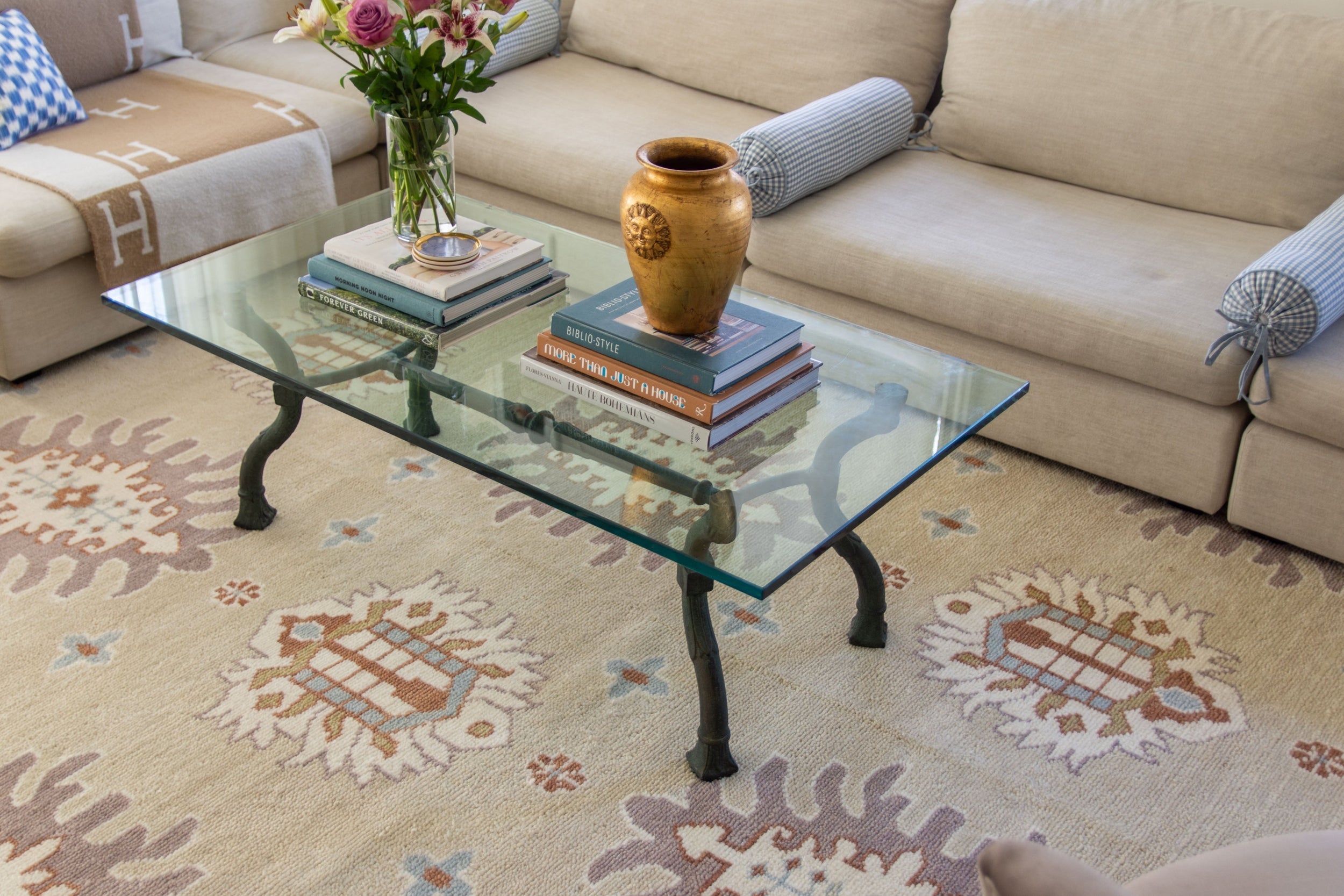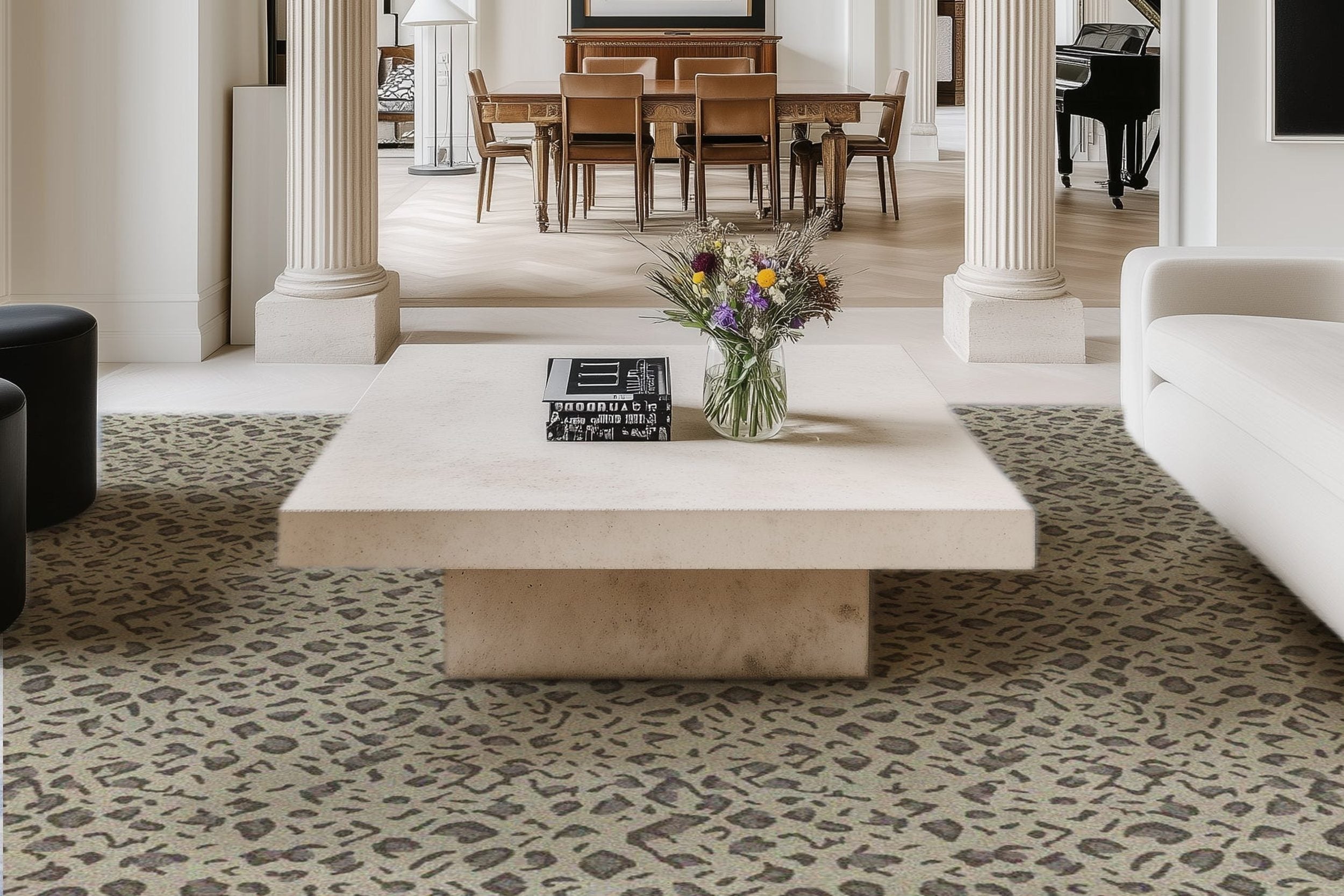Unified Home: Mastering the Art of Interior and Exterior Design Integration
Homes should be decorated with a sense of interior and exterior design harmony. While your home’s interior doesn’t have to match the exterior's aesthetic strictly, you can create a unified theme, color palette, or flow. After all, your home’s exterior provides a general expectation for the interior. If they are incohesive or clash, it can affect a home’s composition and balance. Fortunately, you can create a cohesive interior and exterior decor design using many methods and strategies.
Learn Your Home’s Style
The first and most crucial step to a cohesive overall design theme for your home is to know what style your home is. Even if your home’s style isn’t apparent, every home was designed with a particular aesthetic or style in mind. In America, standard home designs include craftsman, colonial, bungalow, Cape Cod, farmhouse, ranch, and more. You can look up different architectural styles to get a good feel of what types your home is inspired by. Once you have a solid grasp of your home’s style, you can mimic the vibe, theme, and mood of your home’s exterior with the interior. For example, rustic or farmhouse-style furniture or decor can work quite well in a farmhouse or ranch. If those styles aren’t your thing, however, you can still create cohesion between the interior and exterior by including materials, textures, or themes inspired by exterior features you like.
Illuminate Unique Architecture
All homes have an architectural style, even if it’s not interesting to you. From the shape of the roof to the style of windows, all homes contain stylistic choices. Suppose there is an architectural feature that you particularly like; you can illuminate this style in the interior as well. For example, round exterior windows can lead to round furniture or rounded shapes on the interior. Wood exteriors can inspire exposed wood beams or wooden shelving in the interior. You can even consider exterior home renovations to include styles, colors, or materials matching your tastes. Remember, the interior and exterior do not have to match precisely; how they unite is up to you!
Use Similar Finishes
A subtle but straightforward way to connect your home’s exterior and interior is by using resembling textures or materials. Wood can look fantastic on both the interior and exterior. Metal accents can create a rustic, modern, or industrial look, depending on the use. An interior brick accent wall can match exterior brick features. If you enjoy a particular material or texture outside of your home, including it in subtle ways, such as an accent wall, an exposed beam, or a furniture pattern, can connect both parts of the house.
Thematic Colors
Your exterior and interior colors do not have to match—in fact, they shouldn’t be too similar, as it can be an eyesore with too much similarity. How you color your home is up to you, of course, but choosing a color palette that complements and looks pleasing to you is a great choice to connect your home’s exterior and interior. Neutral home exteriors like gray, white, or beige can be continued inside or open up the interior for bolder colors. You can use all warm or cool colors inside and out to connect the exterior more subtly.
Match Accent Colors
While your entire home’s color scheme doesn’t have to (and typically won’t) match, you can create a sense of harmony by matching an accent color. Have a yellow door? Consider a matching yellow interior accent wall. Does your exterior have striking accent black beams? Create a similar dramatic black accent inside. Accent colors are not a large part of the primary color palette but add a dramatic flair to any decor.
Take Advantage of Landscaping
Landscaping is solely an exterior home element, but it doesn’t mean you can’t use it to your advantage when decorating the interior. Beautiful red roses in your front yard can make a stunning bouquet in your home or some striking red accent furniture. Your landscaping and seasonal decor can change simultaneously in areas with changing seasons. Coordinating houseplants never hurt, either!
Focus on Entryways
The entryways of your home literally connect the interior with the exterior; they are the passageways in and out of your home. Using this passageway, you can create a smooth transition. Using similar colors, architecture, and materials makes the entrance less dramatic. If your home has a formal foyer or entryway, they are an excellent opportunity to decorate with a slow aesthetic transition.
Thematic Furniture
Your furniture plays a significant role in the home’s interior design and can easily connect the entire theme (including the exterior). If your home’s modern exterior is modern, consider similar sleek, smooth textures like leather or metal in your furniture. If you have a ranch or craftsman-style home, brighter colors or materials like linen can create a symmetrical theme. Accent furniture can work well for this purpose, too.
Inspire Doesn’t Always Mean Match
Your home’s exterior can inspire your interior in terms of architecture, color, theme, or style. However, this doesn’t mean you need to match it exactly. If you use too many elements of the same material, color, or style, the design can become tiring and even unnerving for some people. Try different shades of the same color or complementary colors instead of exact matches. Utilize matching accents instead of major elements.
Conclusion
While your home’s interior and exterior won’t match exactly, creating harmony can improve your decoration and design. Utilize accent colors or architectural features to your advantage inside and out. Consider similar themes, materials, or furniture when choosing decor. Landscaping can be inspirational in many ways as well. Most importantly, however, decorate in a style you feel is best; your home is your happiness.
Browse by Category

Design Projects
Explore interiors from client work and personal renovations — layered, livable, and always in progress.
read more →
Collaborations
From product launches to styled spaces, discover the brand stories I’ve helped bring to life.
read more →
The Notebook
A growing archive of iconic designers, inspiring artists, and unforgettable design moments.
read more →
Travel by Design
Wander with a designer’s eye — from charming hotels and city guides to visual inspiration abroad.
read more →





